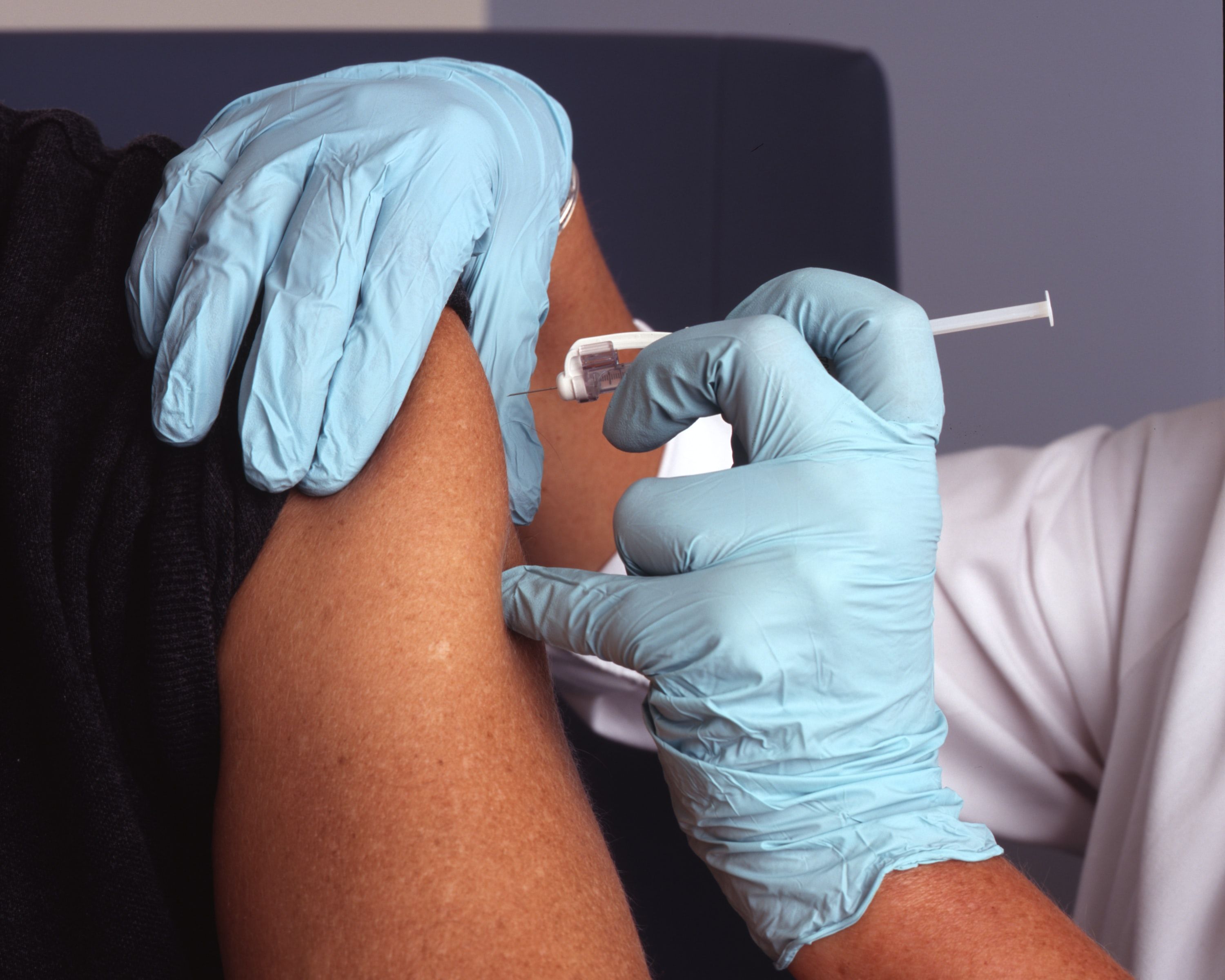Ohio COVID Vaccine Lottery Did Not Boost Vaccination Rates, Evidence Shows
Before other states adopt randomly-selected payouts for COVID-19 vaccine administration, further research is needed into these lotteries’ effects on potential increases in vaccination rates.

The announcement of a $1 million payout in Ohio for those who received the COVID-19 vaccine did not seem to bolster vaccination rates in the state compared to elsewhere in the country, according to a research letter published in JAMA.
Investigators from Boston University School of Medicine used US Centers for Disease Control and Prevention (CDC) COVID-19 Vaccine Tracker data in order to assess the changes in COVID-19 vaccination rates before and after the introduction of a lottery system plus the Food and Drug Administration's (FDA) Emergency Use Authorization for the Pfizer-BioNTech vaccine in children ages 12 to 15 years.The study authors explained that some states, like Ohio on May 12, 2021, introduced a system that would randomly pay up to $1 million to randomly-selected people who received the vaccine. Initial reports indicated that vaccine administration increased, so other states adopted similar lottery systems, the study authors noted. But they wanted to assess whether the lottery was responsible for the uptick in administration of the vaccines, or if it was due to eligibility expansion among children, which occurred at roughly the same time (May 10, 2021).
The study authors evaluated daily trends in adult vaccinations per 100,000 persons between April 15 and May 12, 2021 (defined as the pre-lottery period) and May 13 to June 9, 2021 (defined as the post-lottery announcement period). The investigators compared Ohio vaccination rates during those periods to countrywide vaccination rates during the same period.
From the start of the pre-lottery period to the end of the post-lottery announcement period, the investigators observed a drop in daily vaccination rates from 485 per 100,000 persons to 101 per 100,000 persons in the state of Ohio. This decline was also observed in other states around the country that did not introduce lottery incentives: 700 per 100,000 persons to 97 per 100,000 persons. The study authors also determined that Ohio and the country as a whole experienced a significant decline in daily vaccination rates before the May 12 lottery announcement.
After the lottery announcement was made, daily vaccination rates did not significantly increase in Ohio or the US, the study authors found. However, they added, the introduction of the lottery system produced a decline in the daily vaccination rate slowdown in Ohio and the US.
Before the lottery announcement, vaccination rates declined more rapidly around the country than in Ohio specifically, the study authors learned. And after the lottery system introduction on May 12, the vaccination rates in the US fell more slowly than the rates in Ohio, they also said.
“The study did not find evidence that a lottery-based incentive in Ohio was associated with increased rates of adult COVID-19 vaccinations,” the study authors wrote. “In contrast, the analyses suggest that the rate of decline in vaccinations slowed to a greater extent in the US than in Ohio after the May 12 lottery announcement.”
The study authors said this conclusion could possibly be attributed to the expanded eligibility criteria among adolescents, suggesting that the expansion of eligibility bolstered vaccination rates among adults. Their finding contrasts reports of increased vaccination rates in Ohio, the study authors said, and those reports did not consider adolescent vaccine administration.
“Further evidence supporting the effectiveness of lotteries as strategies for increasing vaccine uptake are needed prior to widespread and potentially costly adoption,” the study authors concluded.
